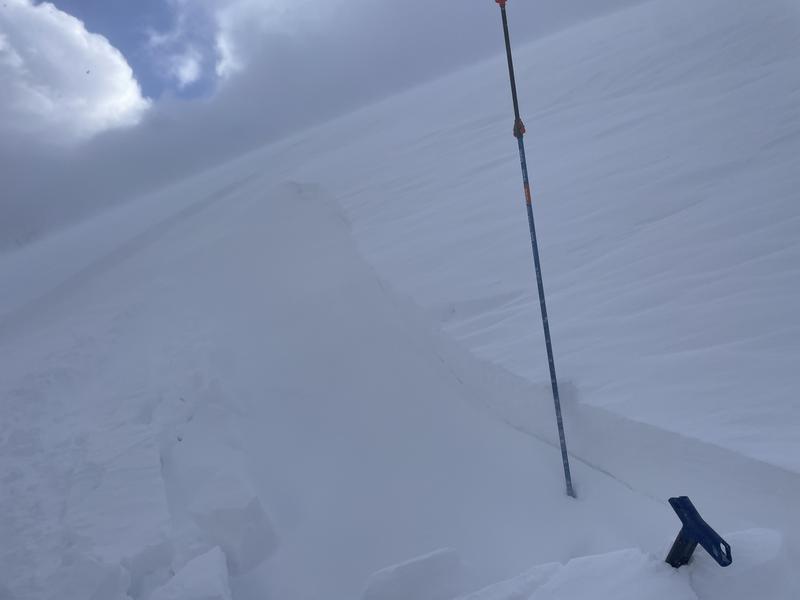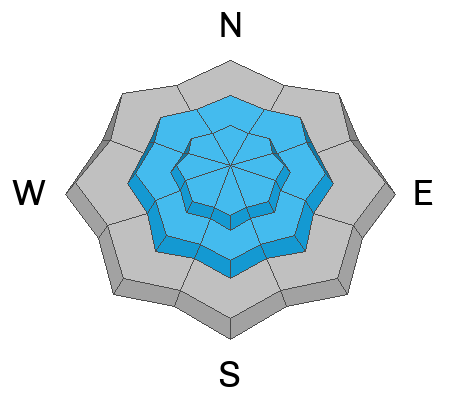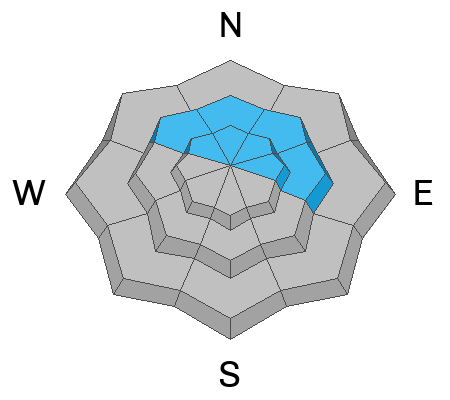Forecast for the Ogden Area Mountains

Issued by Trent Meisenheimer on
Sunday morning, January 12, 2025
Sunday morning, January 12, 2025
The avalanche danger is MODERATE for wind-drifted snow across all mid and upper elevations where shallow sensitive slabs of wind-drifted snow may be found.
The avalanche danger is also MODERATE on mid and upper-elevation slopes facing west, north, and east where there is a buried persistent weak layer.
The avalanche danger is also MODERATE on mid and upper-elevation slopes facing west, north, and east where there is a buried persistent weak layer.

Low
Moderate
Considerable
High
Extreme
Learn how to read the forecast here









